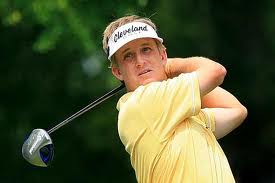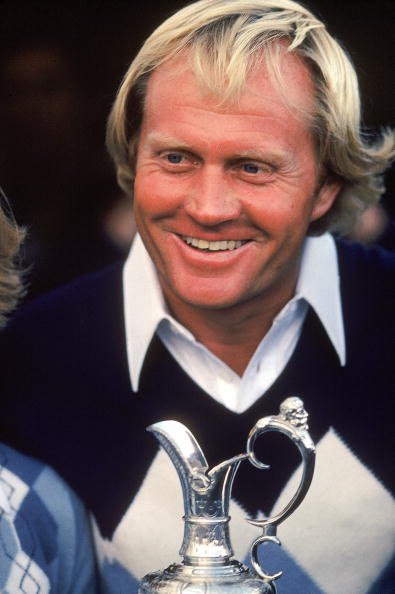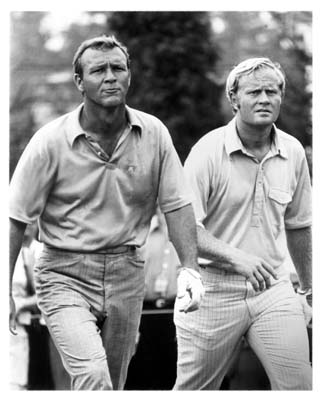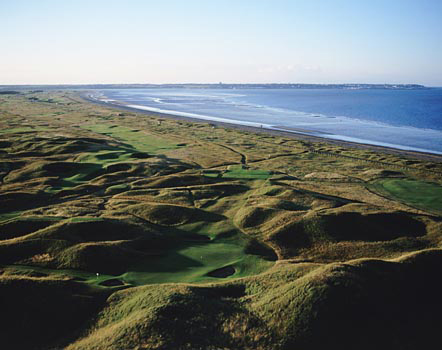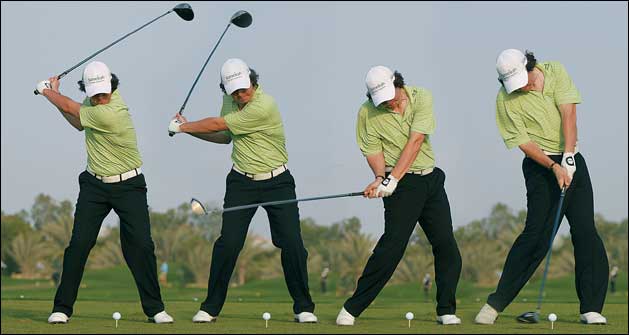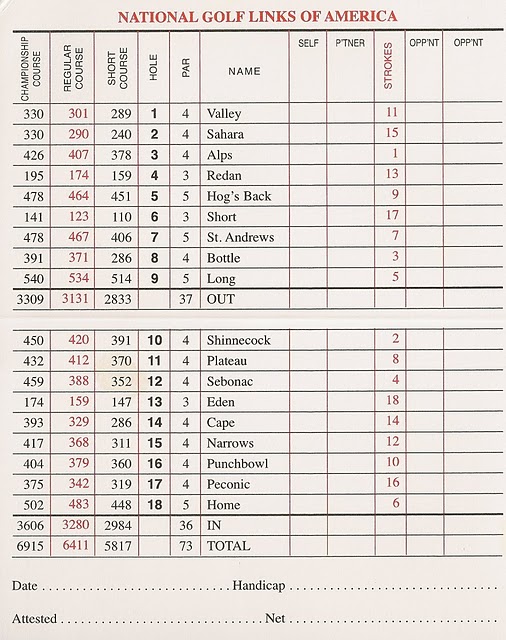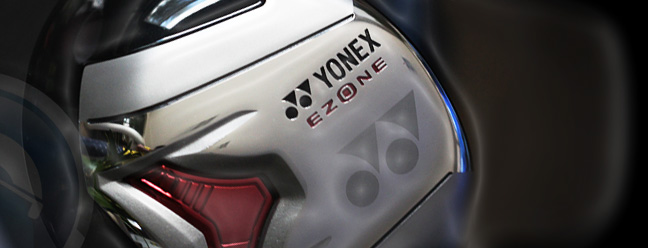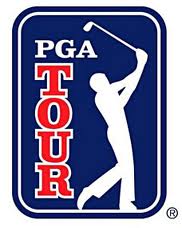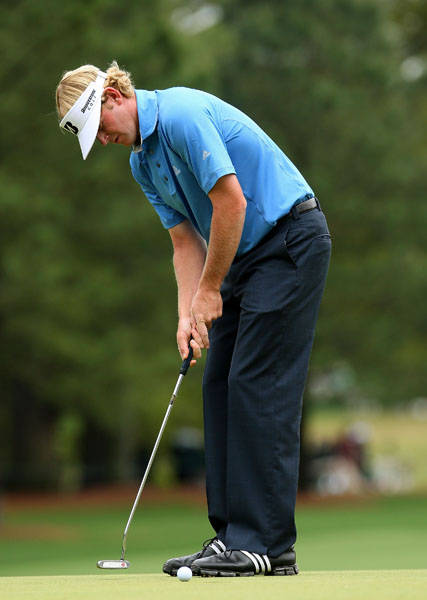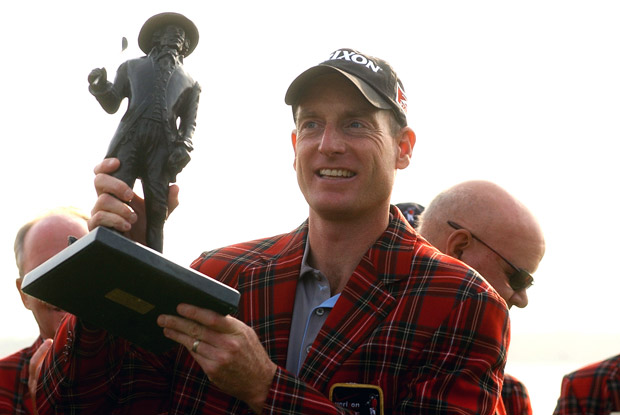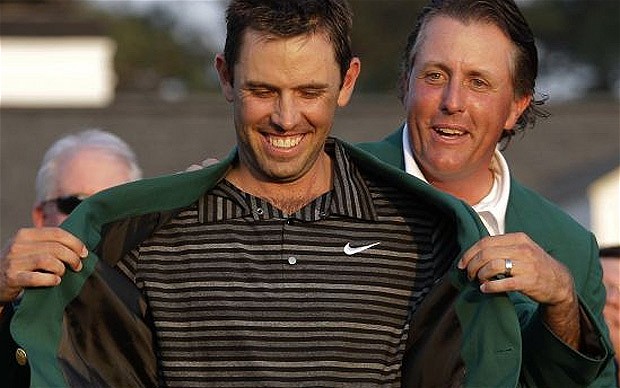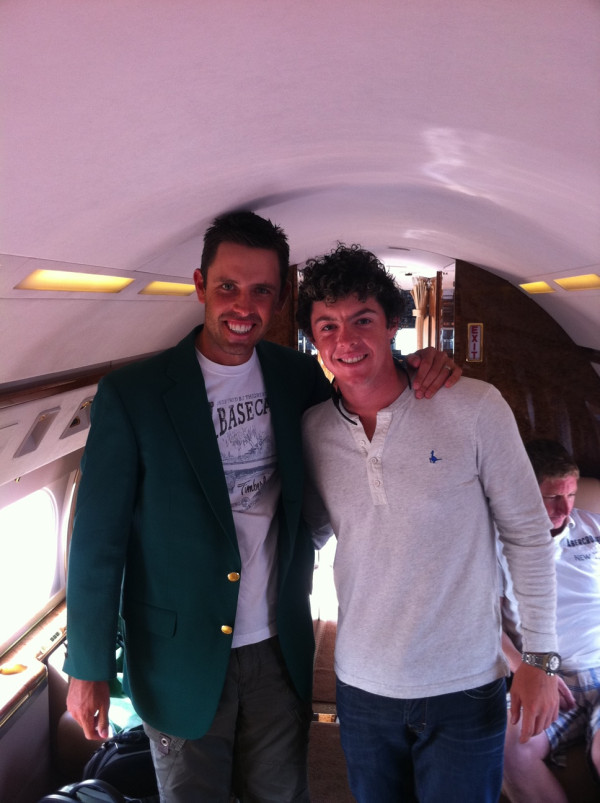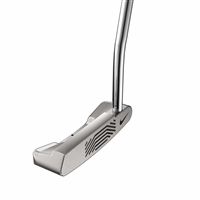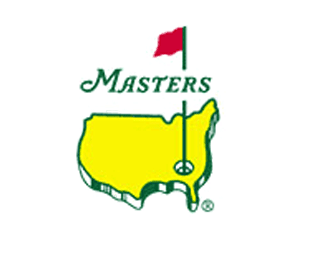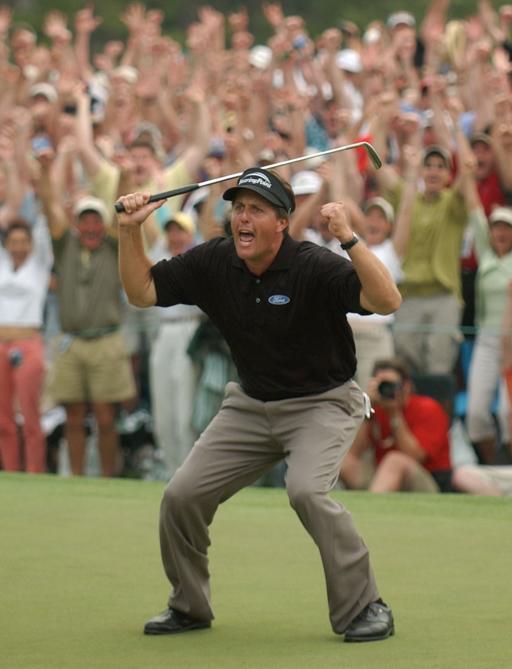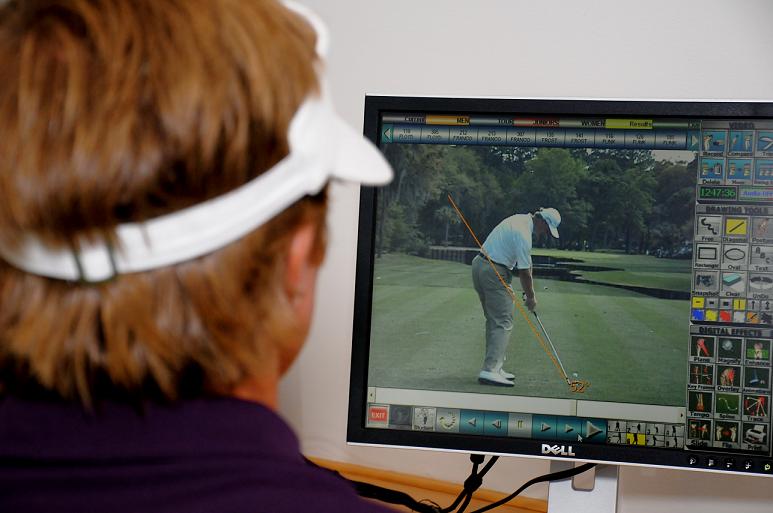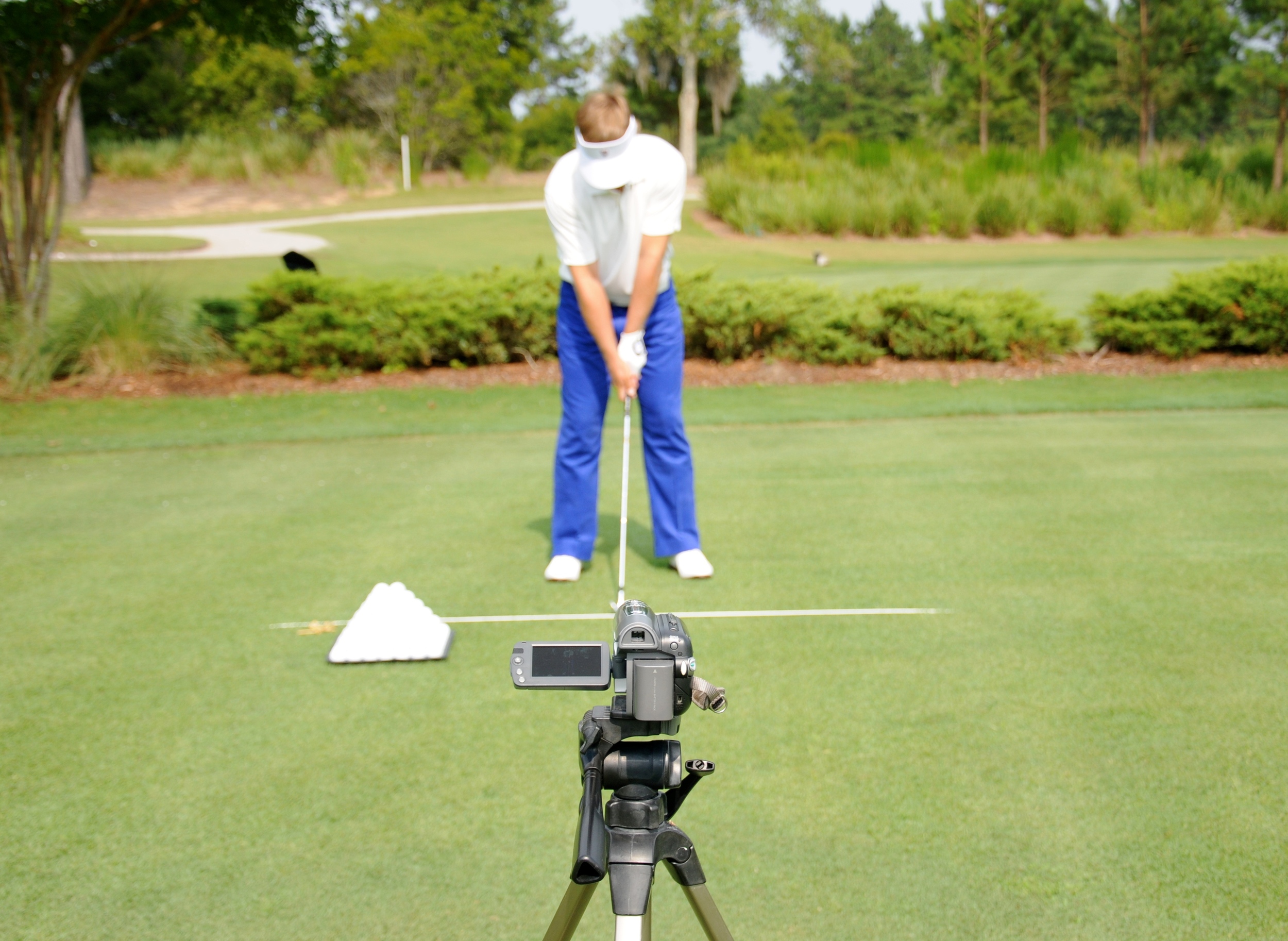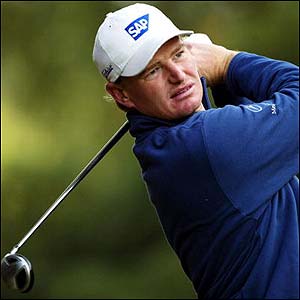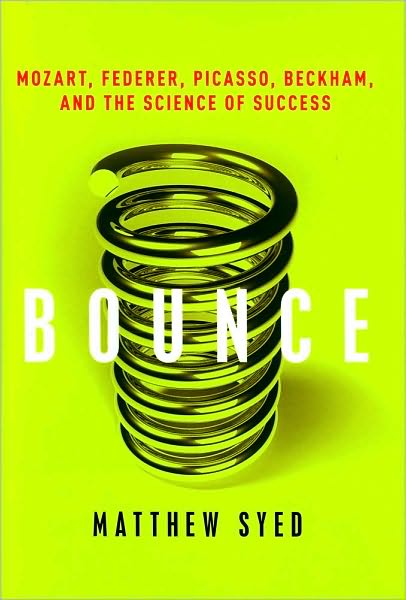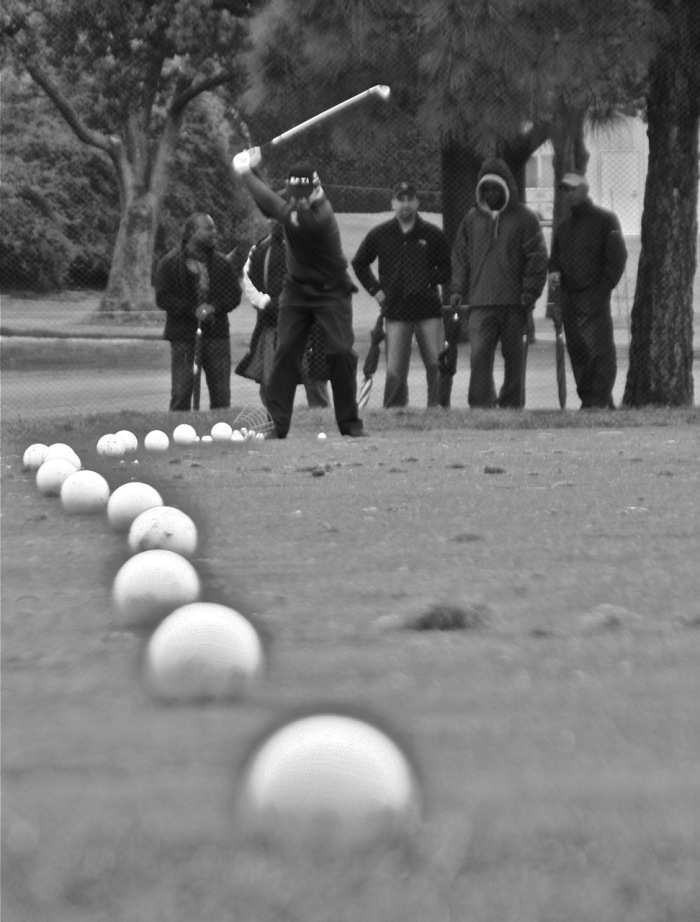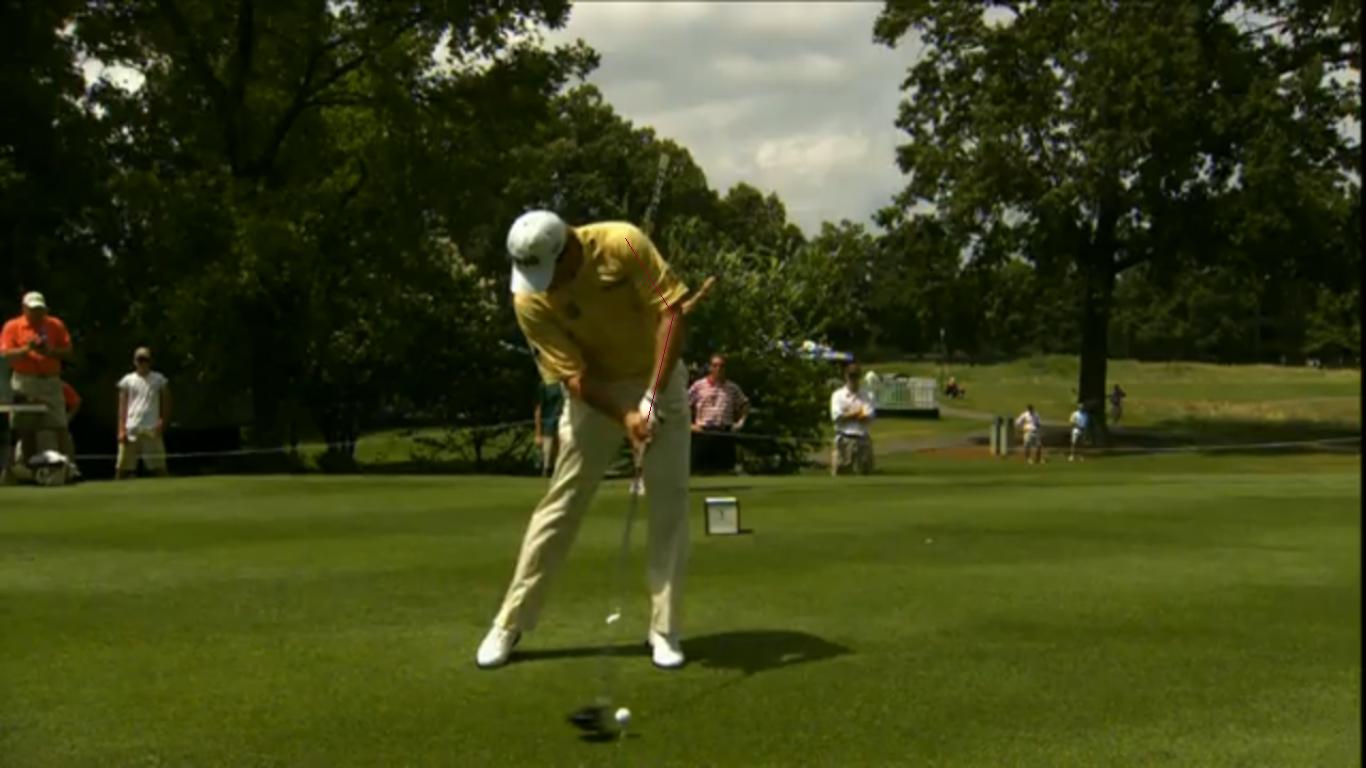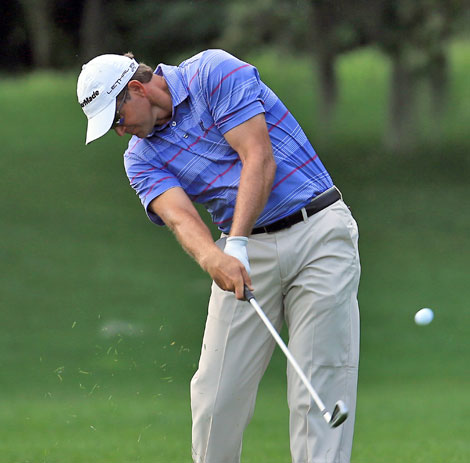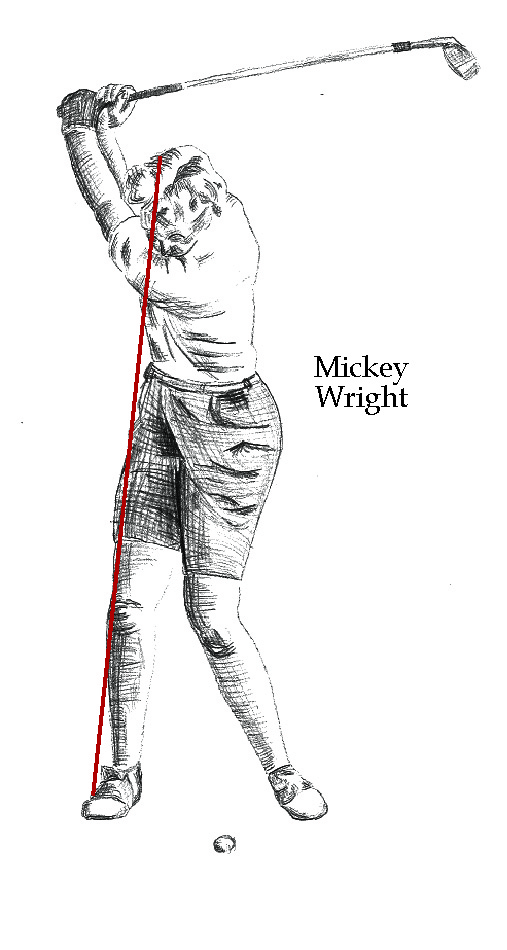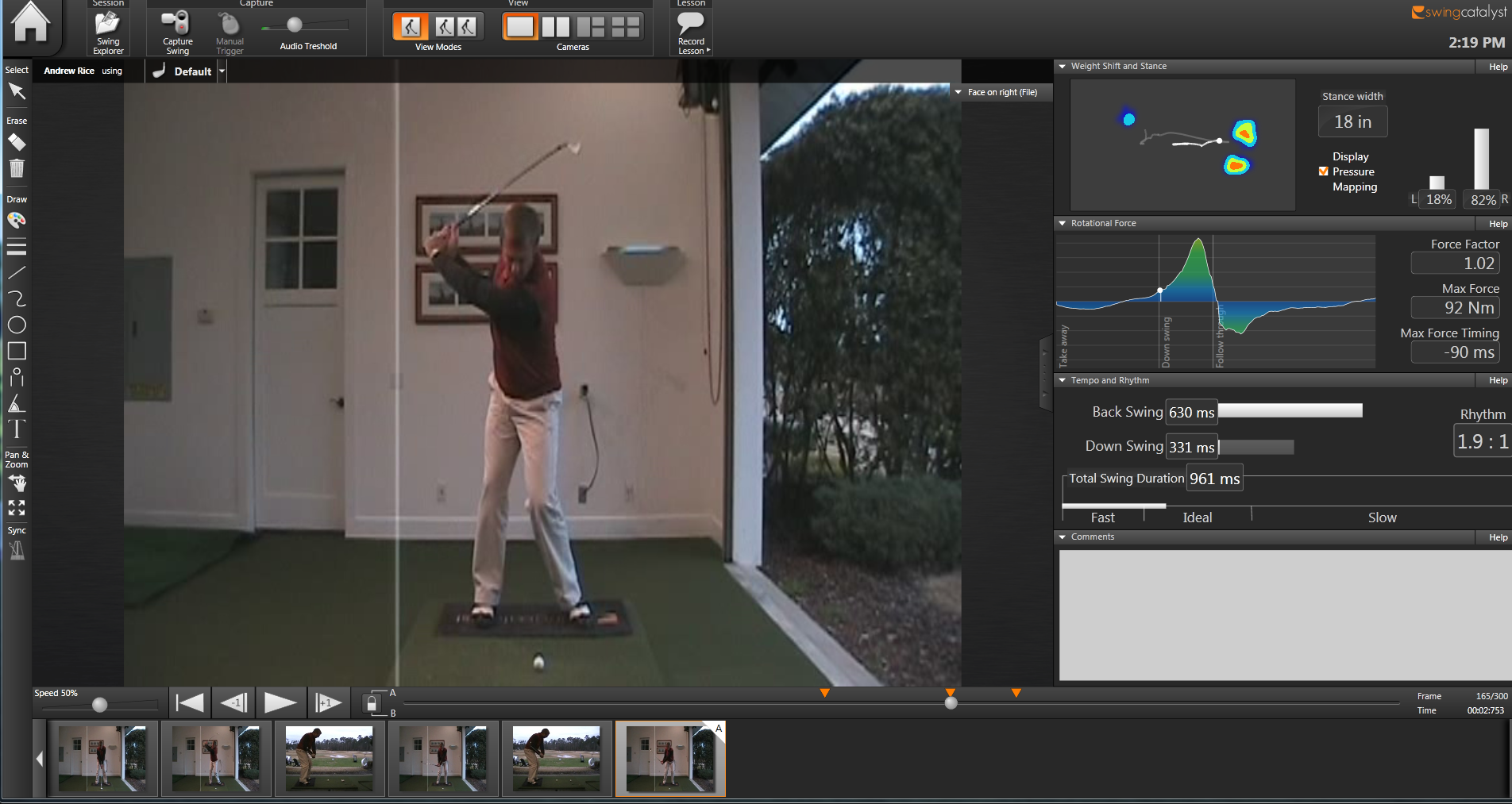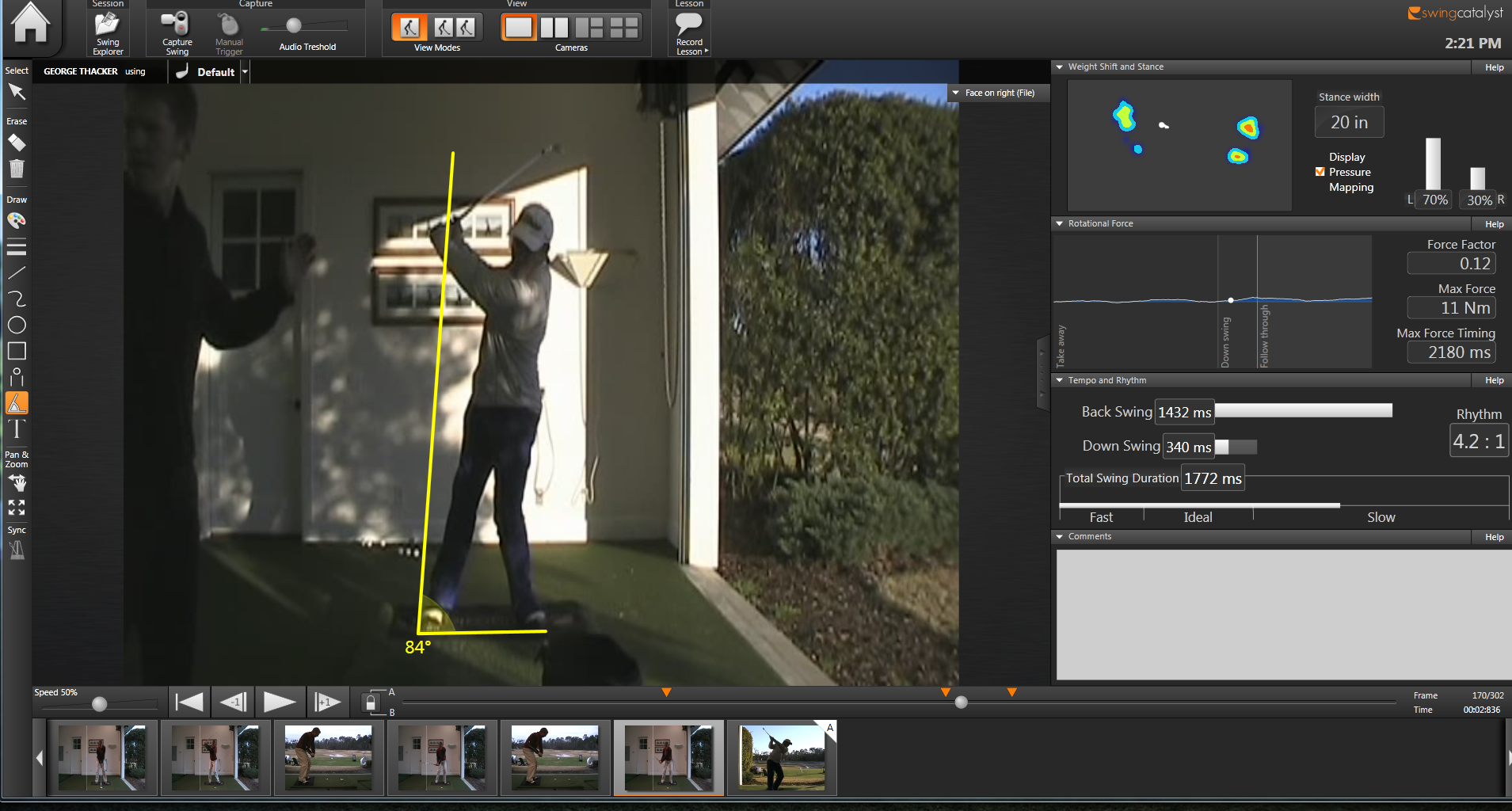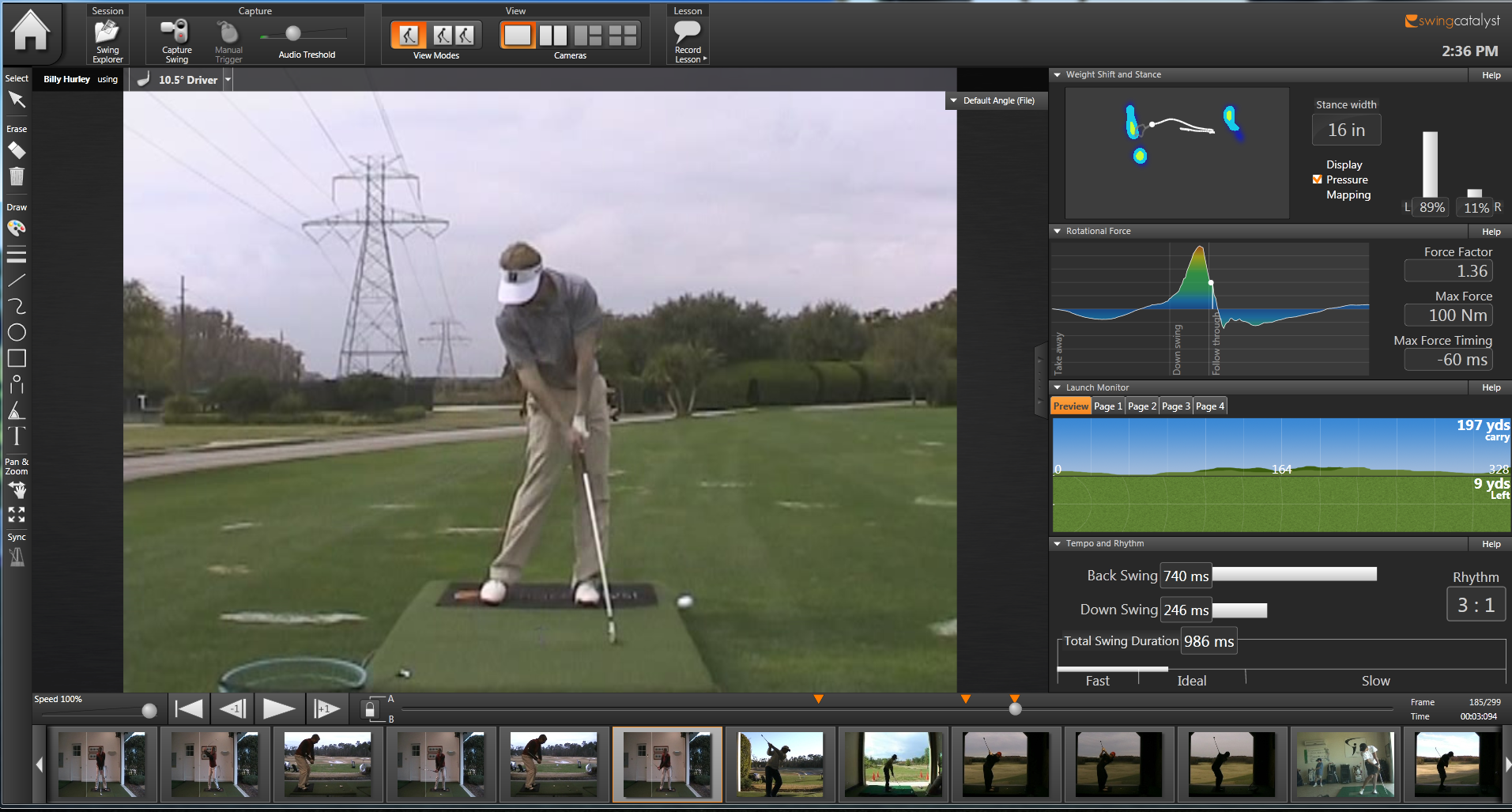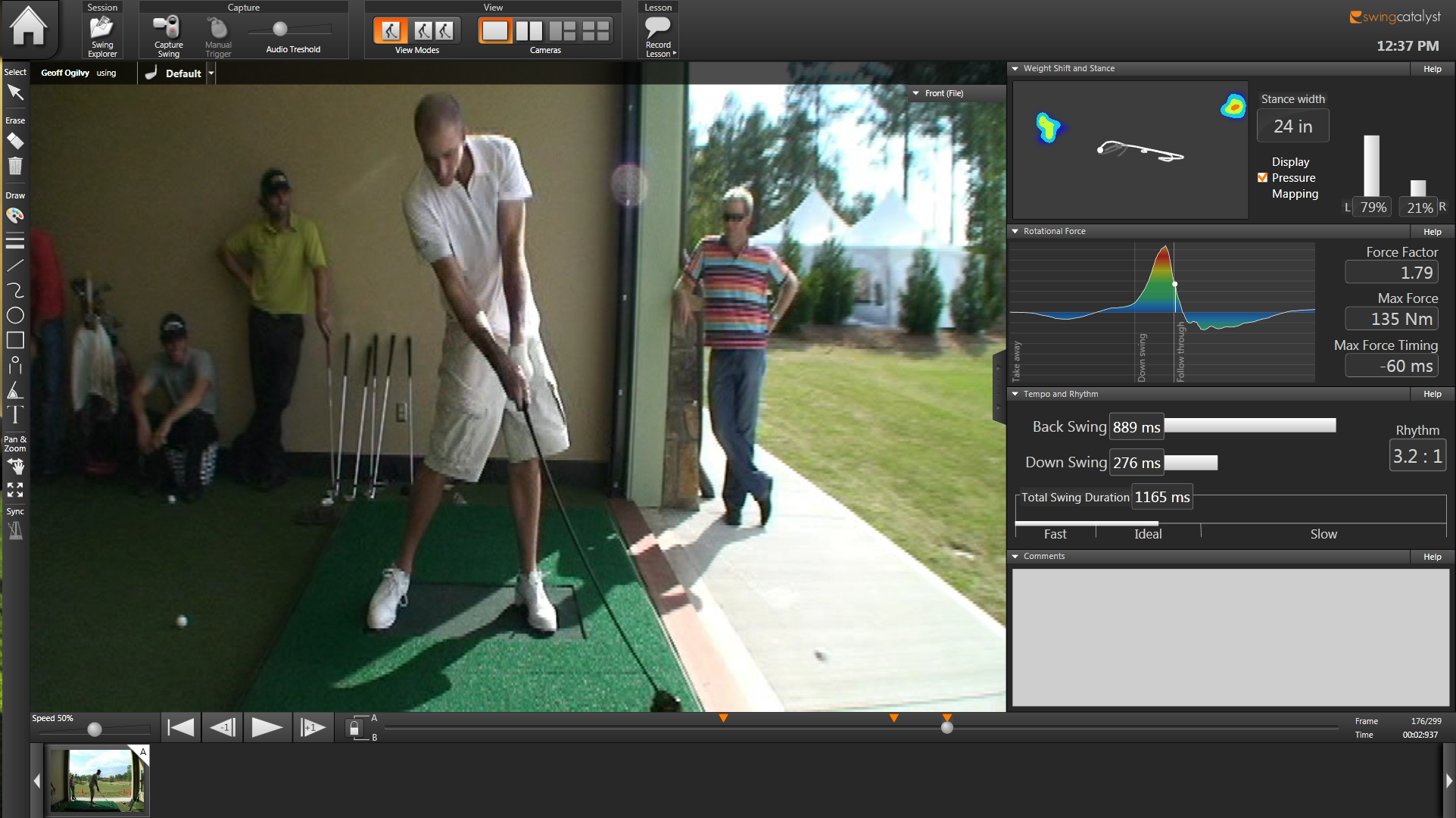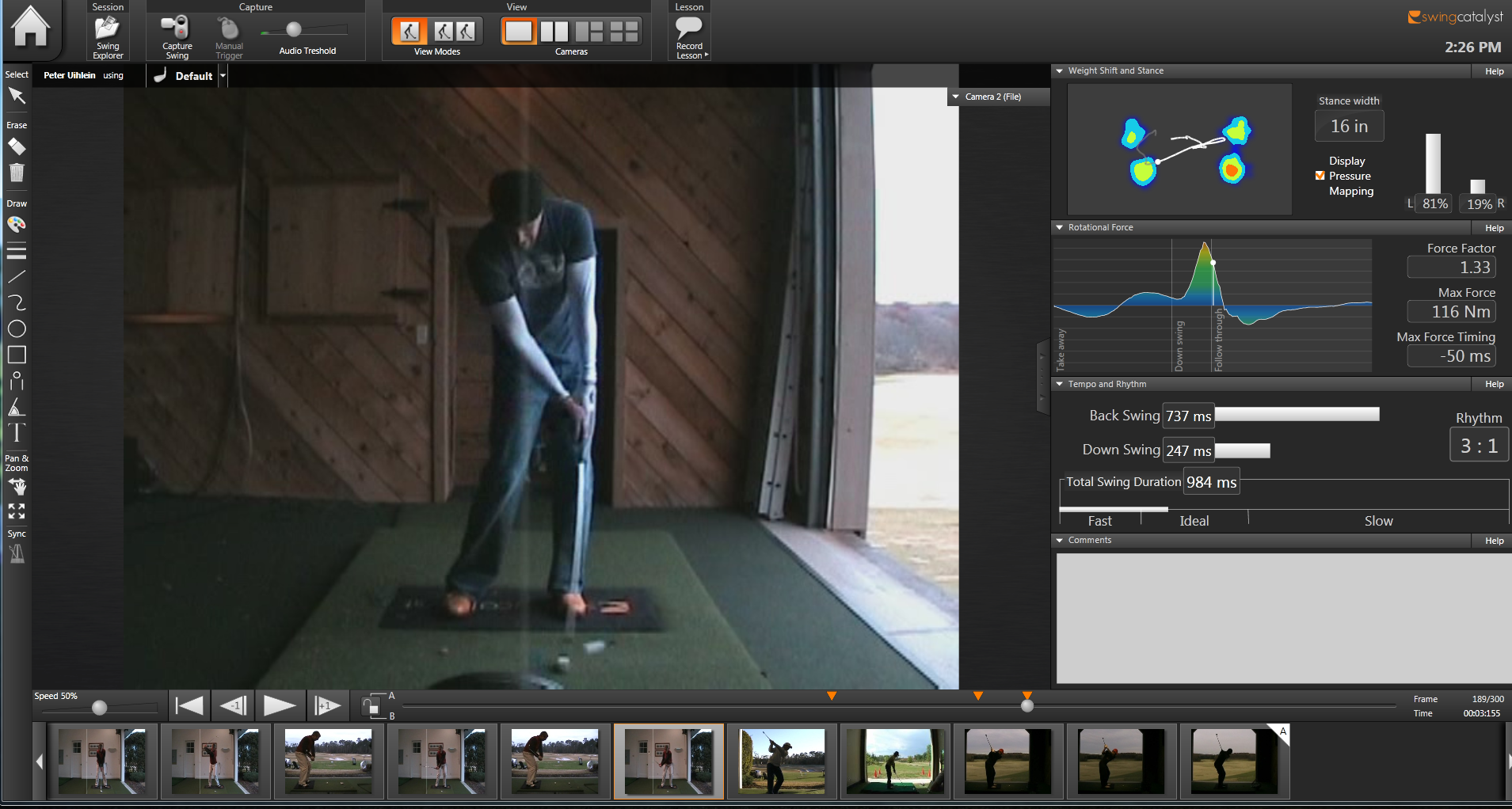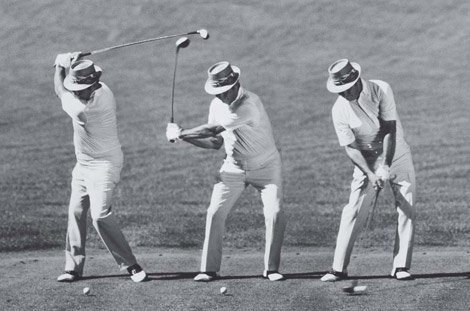How Far Do You Hit It?
/The PGA Tour has a new stat titled Total Driving Efficiency . The stat measures how many yards each player is able to squeeze out of their driver clubhead speed- how much are they getting out of what they put in? We should all be looking to be as efficient as possible, particularly with the big stick. The stat is quantified by how many yards per mile per hour of clubhead speed a golfer extracts from their driver and there is a minimum of 25 driver shots required.
The current leader is David Toms who works with noted instructor and Trackman user Brian Manzella. Together they understand the ins and outs of what it takes to be as efficient as possible with the driver. Brian says David's path and face are right around zero (which means straight at the target) with his attack angle being about 2-3 degrees up on the ball. Read more here. David's YTD averages are:
- Ball Speed - 159mph
- Launch Angle 12.6 degrees
- Spin Rate 2300rpm
- Carry 260 yards
Keep in mind that the new stat is an average and thus includes balls hit on firm and soft fairways, into and down wind, and of course good ones and less than stellar ones. The numbers below indicate the best (Toms), middle of the pack (Scott) and bottom (Driscoll). As you view the distance they would hit the ball at various clubhead speeds keep in mind that some players prefer to not be optimal. In other words, some players just prefer to hit a higher spin cut shot out there as they know it'll stay in play. Also keep in mind that most of the golfers who do well in this stat tend to swing the driver at less than 110 mph - they need to be efficient to keep up! The vast majority of us need to do the same. Read THIS to learn how to be more efficient with your driver. If you know what your clubhead speed this is where your average tee shot would end up. If you are similar to Toms' number keep it up, if you are in the Driscoll category we need to talk...
David Toms (best)
- 100 mph - 269 yards
- 95 mph - 256 yards
- 90 mph - 242 yards
- 85 mph - 229 yards
- 80 mph - 215 yards
- 75 mph - 202 yards
Adam Scott (average)
- 100 mph - 258 yards
- 95 mph - 245 yards
- 90 mph - 232 yards
- 85 mph - 219 yards
- 80 mph - 206 yards
- 75 mph - 194 yards
James Driscoll (worst)
- 100 mph - 244 yards
- 95 mph - 231 yards
- 90 mph - 219 yards
- 85 mph - 207 yards
- 80 mph - 195 yards
- 75 mph - 183 yards
Where do you fall?
It would be interesting to see what would happen to James Driscoll's efficiency if he spent an off season working on getting more out of his driver...


